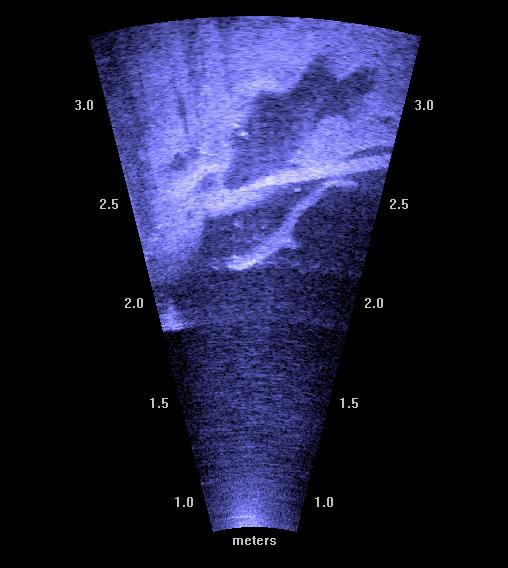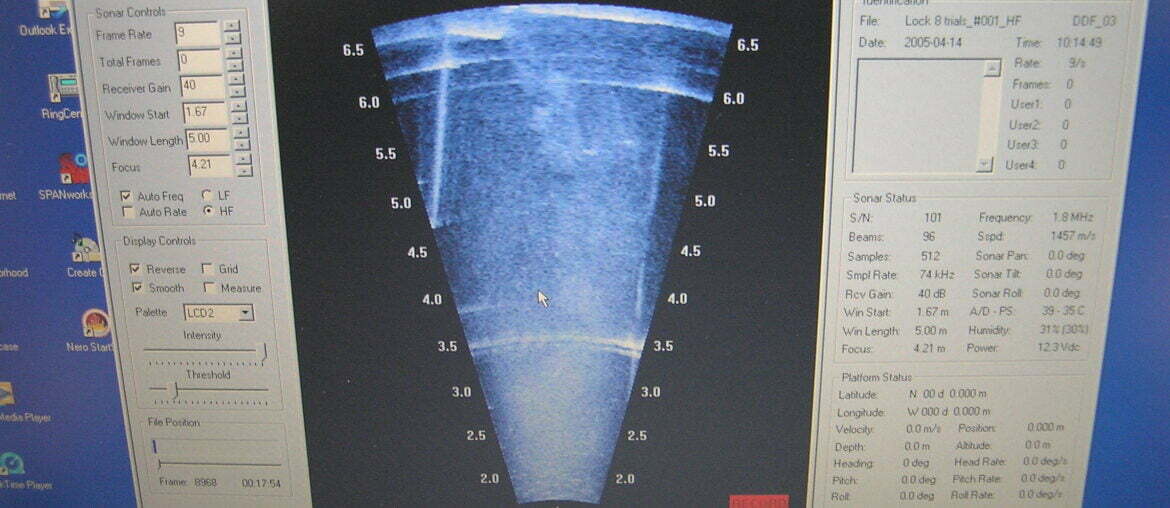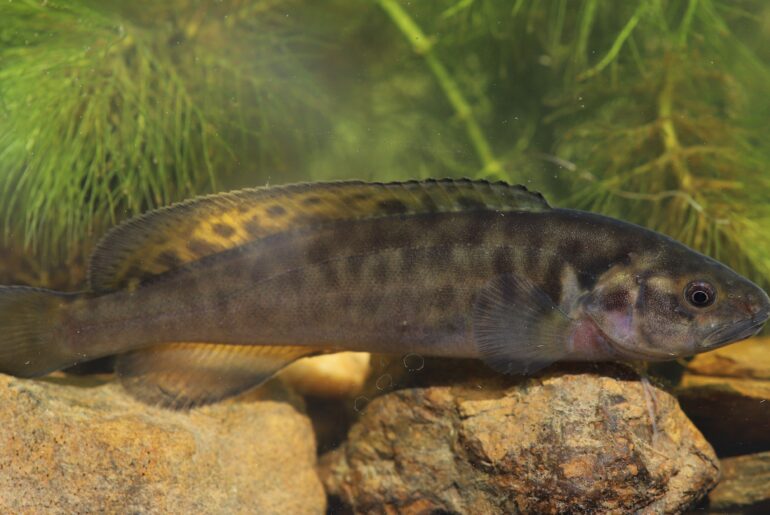A major limitation in studying the behaviour of fish in the rivers of the Murray-Darling Basin is that high turbidity (muddy water) makes direct observation of fish impossible. The dual-frequency identification sonar (DIDSON) is a unique, high-definition piece of equipment that uses sound beams to produce almost photographic quality underwater images. For fish studies, the DIDSON can be used to study fish movements, depths, fish behaviour, number and size.
Most importantly, the DIDSON does not require clear water for viewing. This project aimed to determine the feasibility of using the DIDSON to help assess fish behaviour in two types of fishways in the Murray-Darling Basin. The trial also tested the ability of the DIDSON (and its software) to automatically count and measure fish.

Findings:
The trial concluded that DIDSON was a powerful tool for observing freshwater fish. When used in conjunction with conventional trapping techniques, the DIDSON consistently provided additional data on fish behaviour that otherwise would not be gathered. In general, total fish numbers were frequently underestimated and estimated fish lengths were quite variable. Further development of the operating software could alleviate these problems.
Key message:
DIDSON will be useful in the future for monitoring the efficiency of fishways, how fish behave at the entrance to fishways (e.g do they approach but not enter fishways, or do they enter but not proceed any further) and may lead to modification of fishways to increase fish passage in the MDB. The trial also highlighted that this technology would be useful for a range of other fish research projects in Australia.
Full report here: Baumgartner, L., Reynoldson, N., Cameron, L. & Stanger, J. 2006. Assessment of a Dual-Frequency Identification Sonar (DIDSON) to complement fish migration studies in the Murray Darling Basin. NSW Department of Primary Industries, Narrandera Fisheries Centre, Narrandera.
Related project:
Innovative fish counting using split-beam hydroacoustic technology



